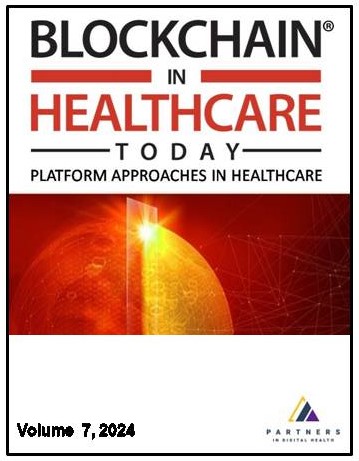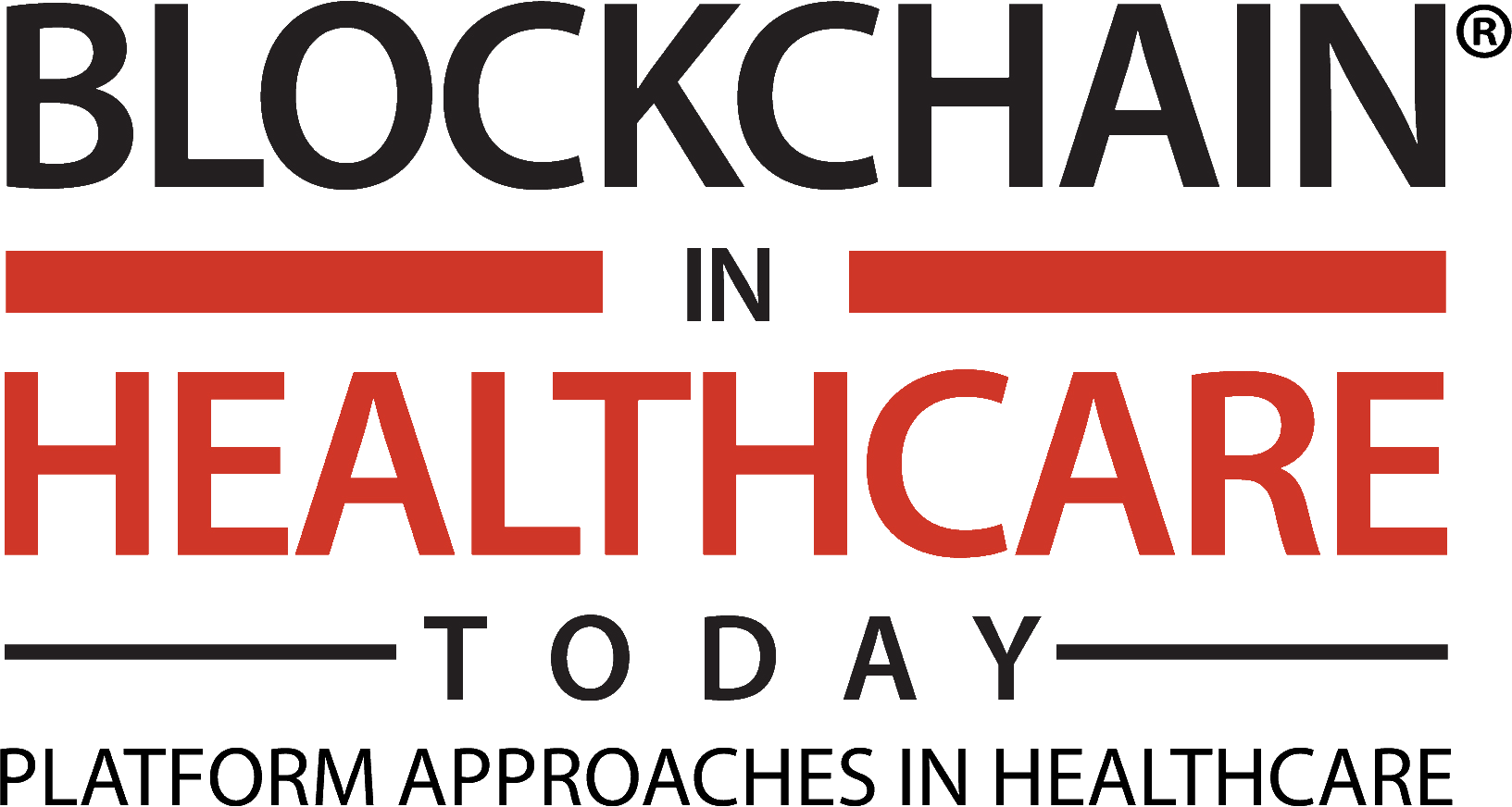
Additional files
More articles from Volume 1, Issue 1, 2018
Welcome and Introduction
Keynote Address: Transformational Technologies in Healthcare - All Aboard!
The Decentralization Zeitgeist: Can the Revolution be Real?
Block-Education: Applying a “Fit-for-Purpose” Framework to Advance Health Blockchain Education
What's Next for Blockchain?
Article views
Improving Healthcare Outcomes With Next Generation Internet (NGI): Global Case Study
IBM
Northeast Big Data Innovation Hub at Columbia University
International Healthcare Consultant
Published: 29.11.2018.
Volume 1, Issue 1 (2018)
Abstract
Session Description: Addresses the challenges and opportunities in improving healthcare outcomes with advanced technologies and Telehealth. From blockchain, to artificial intelligence, to quantum computing, and the next generation internet, we will discuss how advanced technologies can address the needs for personalized medicine, patient-centric healthcare, and leveraging the vast amount of data being captured today and in the future. Many data elements from petabytes of genomics data, to RWE (Real World Evidence), to implanted chips in patients, to WAMIII - Wearables and Medical Internet of Things Interoperability and Intelligence - are part of the evolving health IT landscape. With all this data, the TIPPSS elements are increasingly important - the Trust, Identity, Privacy, Protection, Safety and Security - of devices, data and patients. Join us for an informative and thought provoking session on the promise and perils of this highly connected world, and how the Next Generation Internet can be part of the solution.
Citation
Copyright
This is an open access article distributed under the Creative Commons Attribution License which permits unrestricted use, distribution, and reproduction in any medium, provided the original work is properly cited.
Article metrics
The statements, opinions and data contained in the journal are solely those of the individual authors and contributors and not of the publisher and the editor(s). We stay neutral with regard to jurisdictional claims in published maps and institutional affiliations.

